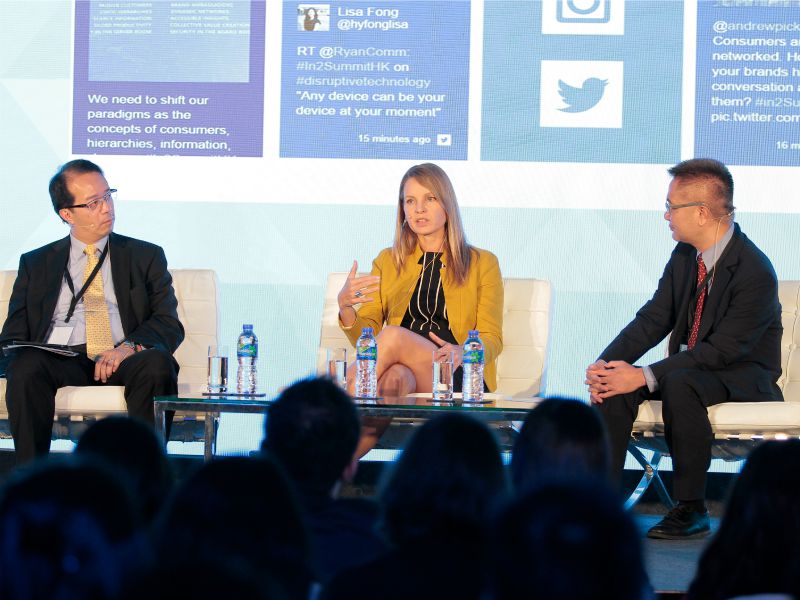Paul Holmes 24 Sep 2015 // 12:03AM GMT

HONG KONG—Tomorrow’s CSR will focus more on internal audiences, creating shared value, and measuring both the business and social impact of initiatives, according to a panel discussion at the In2 (Insight+Innovation) Summit in Hong Kong yesterday.
Sponsored by Strategic Public Relations Group—a Hong Kong-based firm well known for its work in CSR and its own philanthropic activities—the session looked at the evolution of CSR in the Asia-Pacific region and where the discipline is going.
Cliff Choi of the Hong Kong Council of Social Services, traced the development of the practice from stage one (sponsorships, donations, and a mindset that “writing checks is easy”); to stage two (increased collaboration between business and NGOs); to stage three, which “means creating value together, and understanding the CSR is not something outside of their business, it’s part of their business.”
Says Choi: “Companies today see their own limitations, and they understand the benefit of collaborating with other companies.”
The other big change is the shift from a focus on external audience to a greater emphasis on employee engagement, says Karen Seymour, community engagement director at Li & Fung.
“We have always had a lot of passionate employees who have driven our efforts in their local communities,” she says. “In recent years, our efforts have more strategic, so now we are trying to drive more campaigns, more partnerships with agencies and NGOs, more partnerships with our customers, but harnessing the enthusiasm of our employees is still important.
Younger employees in particular are more interested in working for a caring company, she says, citing research from Deloitte that found 70 percent of millennials want to work for a company with a purpose.
In terms of employee engagement, she says, “We want people to think about how to make a difference in their daily lives, and think about sustainability and how they can make a difference in the community.”
Another major trend, Seymour says, involves engaging with the supply chain. “Companies have to take hard line on supply chain; we have to go beyond auditing, we have to help the organizations that we work with move up the sustainability value chain, help to add value.”
And finally, companies have to figure out how to measure the impact of their efforts—on social issues and the bottom line. “Measurement will be biggest challenge,” says Choi. “Companies want to see an impact. The clearer the impact, the more willing they will be to invest. We are still struggling to find the right measurement tool.”


































.jpg)

















